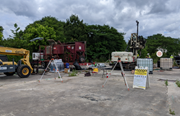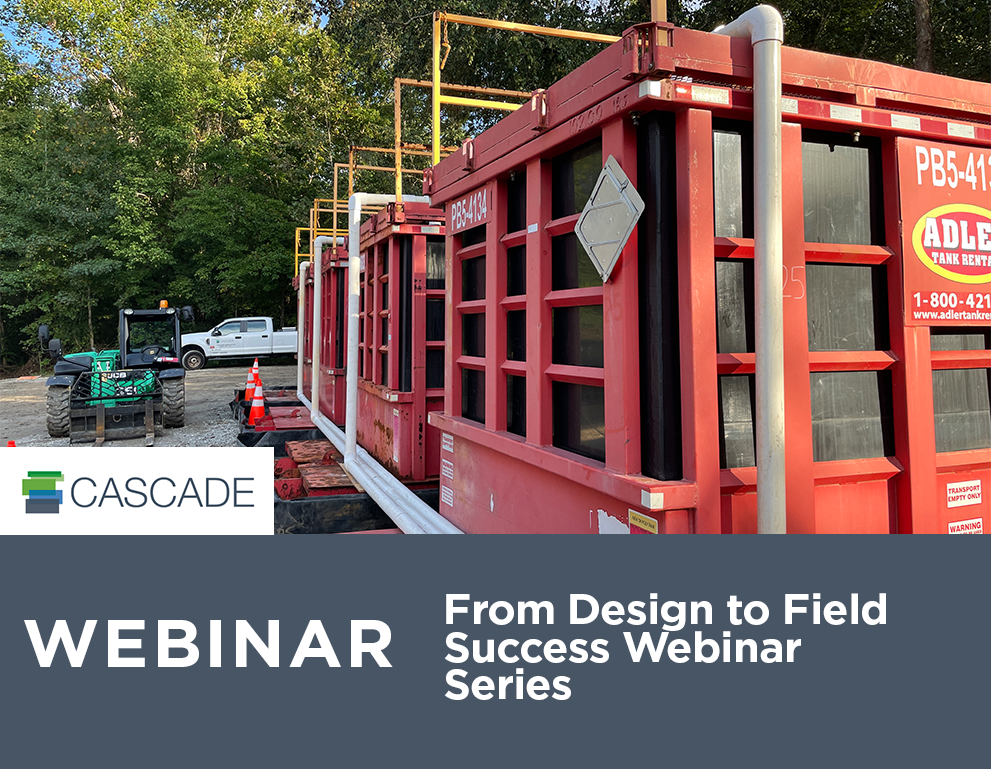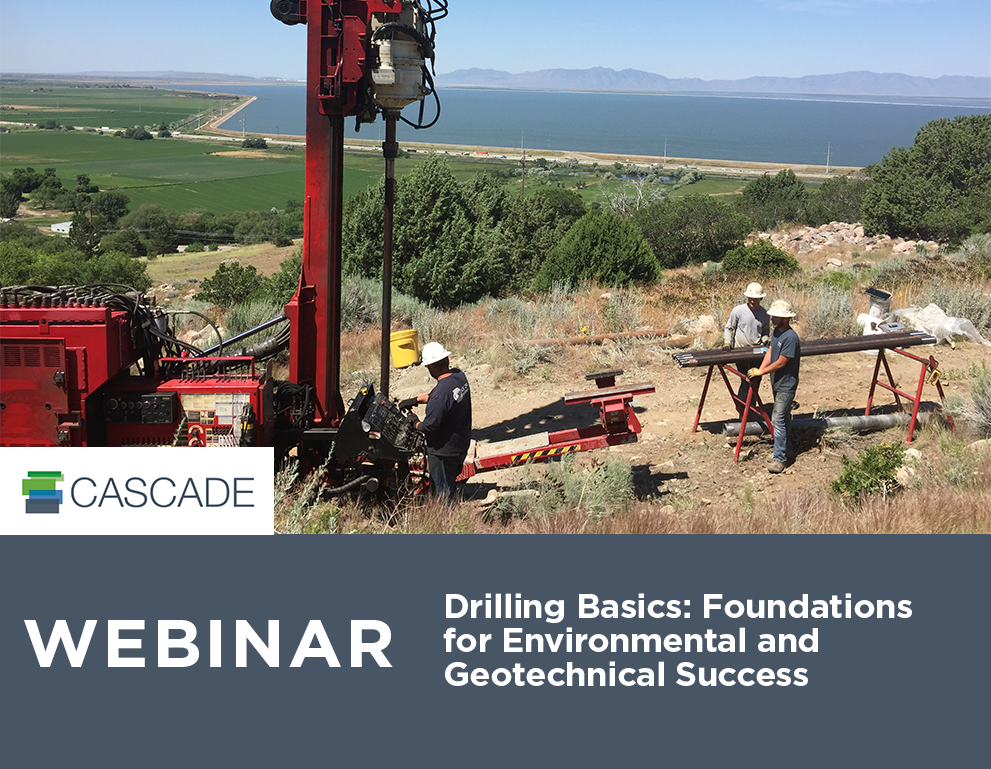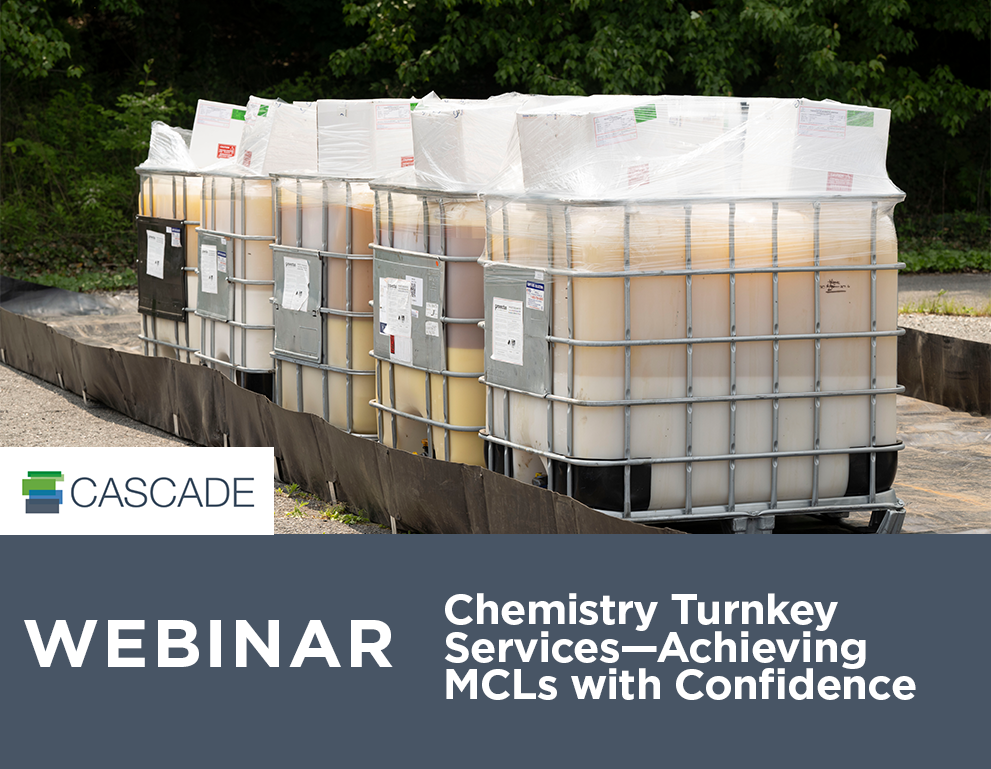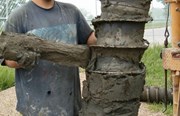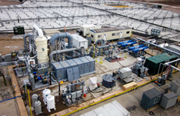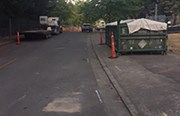5 Common Challenges on Injection Projects—And How to Avoid & Mitigate Them
By: Eliot Cooper, Casey Moore, Brad Carlson, Eric Moskal, Michael GerberWhether it’s because of lithology, budget, intended site use, regulatory requirements, or something else entirely—every injection project is different. But that doesn’t mean there aren’t common challenges you can anticipate and tackle or avoid through proper planning.
In this blog post, our experts share five common injection project challenges and what you can do to address them.
Shallow injections through cleared boreholes
One of the challenges when working at petroleum projects, e.g., active or inactive stations or fuel terminals where target injection intervals are 10 feet or less, is that all injection locations have to be cleared from 5 to 8 feet bgs. This requires that all boreholes, once utilities are cleared, be completed with bentonite to create a good seal around direct push tooling to avoid short circuiting around the injection tools to the surface. Additionally, it’s also best practice to offset injection locations to allow the formation to accept the new amendment volume. When this target interval is fill or silts and clays, the overall injection program has to be very adaptive to these lithology challenges and to injection the total volume of amendments at the right locations and vertical intervals to achieve contact.
- Eliot Cooper, Vice President of Technology
Selecting the right injection tool for site specific lithology
Another challenge is determining screen type/length based on stratigraphy. Certain pressure activated tools require high pressures in challenging soils, which can lead to short circuiting. Longer screens are ideal for quick, even distribution in homogeneous sandy soils but in varying soil types, their use can reduce the effective surface area of screened injections. Screen and tool selection goes hand in hand with identifying soil profiles ahead of the injection phase to maximize effectiveness.
- Casey Moore, Project Manager
Reliance on monitoring well data to select target injection intervals
A common challenge is understanding the current nature and extent of the contamination. Long well screens (15-20 ft) can dilute monitoring well results, skewing hydraulic gradients. A robust high resolution site characterization (HRSC) will allow you to address the data gaps, determine contaminant
distribution with depth and understand efficacy of treating the contamination in low permeability and high permeability zones.
- Brad Carlson, Sr. Project Manager
Managing injection around existing utilities
Performing injections on developed properties must take into account the existing and former utilities. The channels in the subsurface in which these utilities are set can be channels for contaminant migration, as well as potential paths of least resistance for your injectate. The application of more aggressive chemistries, such as persulfates, or more aggressive methods of amendment emplacement, such as pneumatic fracturing, must take into account the materials of construction of the utilities. The depth and installation method must be considered when anticipating amendment distribution. Properly accounting for the presence of utilities within the target treatment area is a key step in successful remediation.
- Eric Moskal, Technical Expert
Logistics of managing back pressure during injection
One of challenges with the injection of solid amendments is the back pressure that builds up in the borehole. Essentially, the formation can try to squeeze the amendment out of the interval just injected. This becomes a logistics challenge as rods are broken to be pushed or extracted to the next deeper location. With back pressure, the amendments can come right back up the injection tooling where amendments can splash on injection operators or find their way to the ground surface.
There are two options for addressing this issue. Before the rods are broken, a pressure gauge can be installed on the injection tool string manifold to indicate any back pressure that will have to be vented or subside before the rods are broken. However, this can add significant time to the project while waiting for pressure to subside, or the venting loses a lot of the amendment already injected. A second option is to use a check valve above the injection tool that lets amendment flow through the valve, but seals with back pressure once injection is stopped. This prevents any pressure buildup above the check valve so injection tools can be added or removed. The only downside to this approach is that once the borehole is complete, it is not possible to determine any back pressure build up below the check valve, and when the rods are fully extracted to the surface the back pressure will force injected amendments up the borehole. During project startup it is important to develop the best approach to manage back pressure and at the same time optimize overall injection performance. In many cases, multiple injection tool strings are required so injection at new locations can commence while pressure at injection location subsides.
- Michael Gerber, Operations Manager
In situ remediation can be challenging no matter the chemistry, technology or approach you choose. If you have questions, register for next week’s webinar, Ask the Experts: Injected Remedies. The experts featured in this blog post will be answering all your questions in a moderated Ask Me Anything session that you don’t want to miss.




